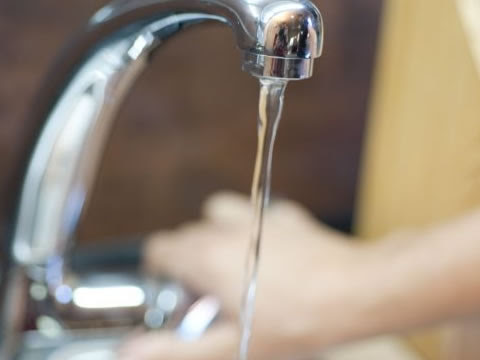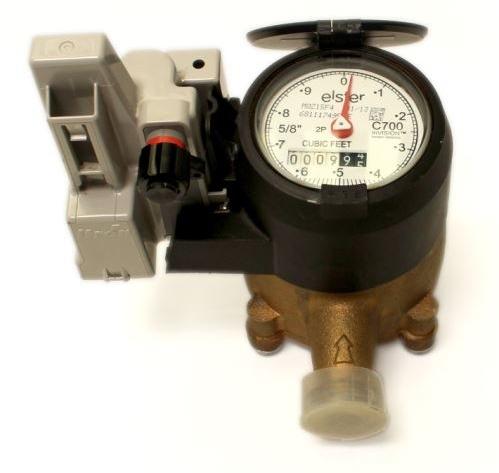Presented here down the page you can get more very good help and advice related to 4 Ways to Troubleshoot Low Water Pressure.

Low water stress in your home can be an irritating issue, affecting everything from showering to cleaning dishes. If you're experiencing weak water flow, there are numerous feasible causes and options to check out. In this overview, we'll discuss usual reasons for low tide stress and useful actions to attend to the issue effectively.
Introduction to Low Tide Stress
Low tide stress happens when the circulation of water from your faucets, showers, and various other fixtures is weaker than usual. This can make daily tasks more challenging and less effective. Recognizing the reasons for low tide pressure is crucial to discovering the ideal option.
Typical Sources Of Low Water Pressure
Faulty Stress Regulators
Pressure regulatory authorities are responsible for keeping constant water stress in your home. If they malfunction, it can result in low tide stress or unequal circulation throughout your home.
Municipal Water Supply Issues
Occasionally, the issue lies outside your home. Metropolitan water system problems, such as main line leaks or maintenance job, can temporarily reduce water stress in your area.
Pipeline Obstructions
Gradually, pipes can become blocked with mineral deposits, debris, or debris, limiting the circulation of water. This is a typical issue in older homes with galvanized steel pipelines.
Rust
Deterioration within pipes can lead to leakages and decreased water stress. Rust build-up can restrict water circulation, specifically in aging plumbing systems.
How to Identify Low Tide Stress
Inspecting Pipelines
Evaluate visible pipelines for indicators of leakages, deterioration, or blockages. Pay attention to any type of uncommon audios, such as banging or rattling pipelines, which can indicate issues within the plumbing system.
Consulting with a Plumber
If you're incapable to determine the cause of low water pressure, think about hiring an expert plumber to conduct a thorough examination. They can recognize underlying problems and recommend ideal solutions.
Inspecting Taps and Fixtures
Begin by evaluating the water stress at different faucets and components throughout your home. If the issue is separated to specific locations, it may show localized troubles.
Do It Yourself Solutions to Deal With Low Tide Stress
Flushing Hot Water Heater
Debris buildup in the water heater can restrict flow and reduce effectiveness. Flushing the container periodically assists eliminate sediment and preserve optimal efficiency.
Inspecting Stress Regulatory Authority
Make certain that the stress regulatory authority is operating appropriately. Readjusting or replacing the regulatory authority can help restore proper water pressure throughout your home.
Cleaning Up Aerators and Showerheads
Mineral deposits can accumulate in aerators and showerheads, lowering water circulation. Get rid of and clean these parts routinely to boost water pressure.
Clearing Up Clogs in Piping
For minor obstructions, attempt making use of a plumbing serpent or chemical drain cleaner to clear blockages in pipes. Be cautious when making use of chemicals and adhere to safety guidelines.
When to Call an Expert Plumber
If do it yourself initiatives fall short to solve the issue or if you suspect significant plumbing issues, it's ideal to look for assistance from a licensed plumber. They have the expertise and devices to attend to complicated concerns securely and efficiently.
Preventive Measures to Maintain Water Pressure
Setting Up a Stress Booster
Take into consideration setting up a stress booster pump to boost water stress in locations with consistently reduced flow. This can be especially valuable for multi-story homes or residential or commercial properties with high-demand fixtures.
Surveillance Water Use
Be mindful of water usage practices and avoid ill-using the plumbing system. Basic adjustments, such as staggering showers and washing lots, can assist maintain adequate water pressure.
Normal Maintenance
Set up regular maintenance for your plumbing system to avoid problems such as corrosion, leaks, and blockages. Resolving minor troubles early can aid avoid more substantial repair services later on.
Verdict
Taking care of low water stress can be aggravating, however identifying the underlying causes and executing suitable solutions can bring back ideal circulation throughout your home. Whether it's cleaning aerators, inspecting pipelines, or consulting with a plumber, taking aggressive actions can make sure a steady supply of water for your everyday demands.
FOUR WAYS TO FIX LOW WATER PRESSURE NOW
Turning on a shower or faucet only to find the water comes out in a sad, slow drizzle is never a good feeling. How exactly are you supposed to wash a pan or take a quick shower when it takes 10 minutes just to rinse off a little soap? The good news is that when your water pressure is bad, there's always a cause: typically one that can be easily fixed. Here are some of the most common causes of low pressure and what you can do to fix the issue:
DEBRIS AND MINERAL DEPOSIT BUILDUPS
If you notice low water pressure from just one or two of the fixtures in your house, the problem likely has to do with debris buildup. Water is full of minerals and other debris, all of which can accumulate in your pipes and on your fixtures. This can cause a blockage that affects how much water flows through. To fix this, try filling a small plastic bag with white vinegar, and use a rubber band to hang it around your showerhead or faucet. Let the head of the fixture soak for a few hours, and the vinegar should loosen the deposits.
WATER LEAKS
Leaks are another common cause of low water pressure. If water is flowing out of your plumbing through a hole or crack before it can reach your fixture, the pressure coming out of the faucet or showerhead will be lower. A plumbing professional is your best bet for finding and repairing a leak in your water supply pipes.
Leaks are another common cause of low water pressure. If water is flowing out of your plumbing through a hole or crack before it can reach your fixture, the pressure coming out of the faucet or showerhead will be lower. A plumbing professional is your best bet for finding and repairing a leak in your water supply pipes.
A VALVE ISSUE
If you have low water pressure throughout your home, check your main shut-off valve to make sure it's completely open. You may also want to see if there's a pressure-reducing valve installed. If there is, have a plumber help you adjust the settings to get the pressure you're looking for.
OTHERS USING WATER
Believe it or not, your low water pressure could be caused by your neighbors. If you notice low pressure at certain times of day, it may be because you and the people living next to you have similar schedules - when everyone is showering at the same time, the pressure will be lower in every home. Low pressure throughout the neighborhood may also be caused by an issue with your municipal water supply. If that's the case, call the supplier to see if they're working on the issue.
https://www.rotorooter.com/blog/water-leaking/low-water-pressure-fixes/

I'm just very curious about Dealing with Low Water Pressure in Your Home and I am praying you enjoyed my article. Liked our entry? Please quickly share it. Help someone else check it out. I appreciate reading our article about 9 Reasons for Low Water Pressure in Your House.
Visit My Web Page